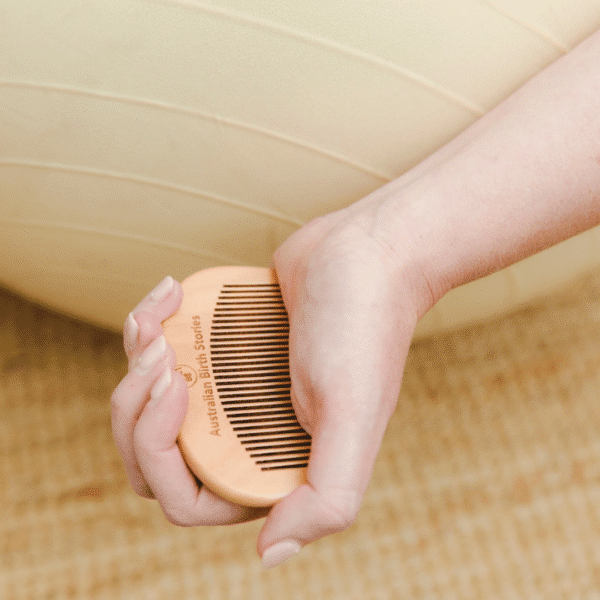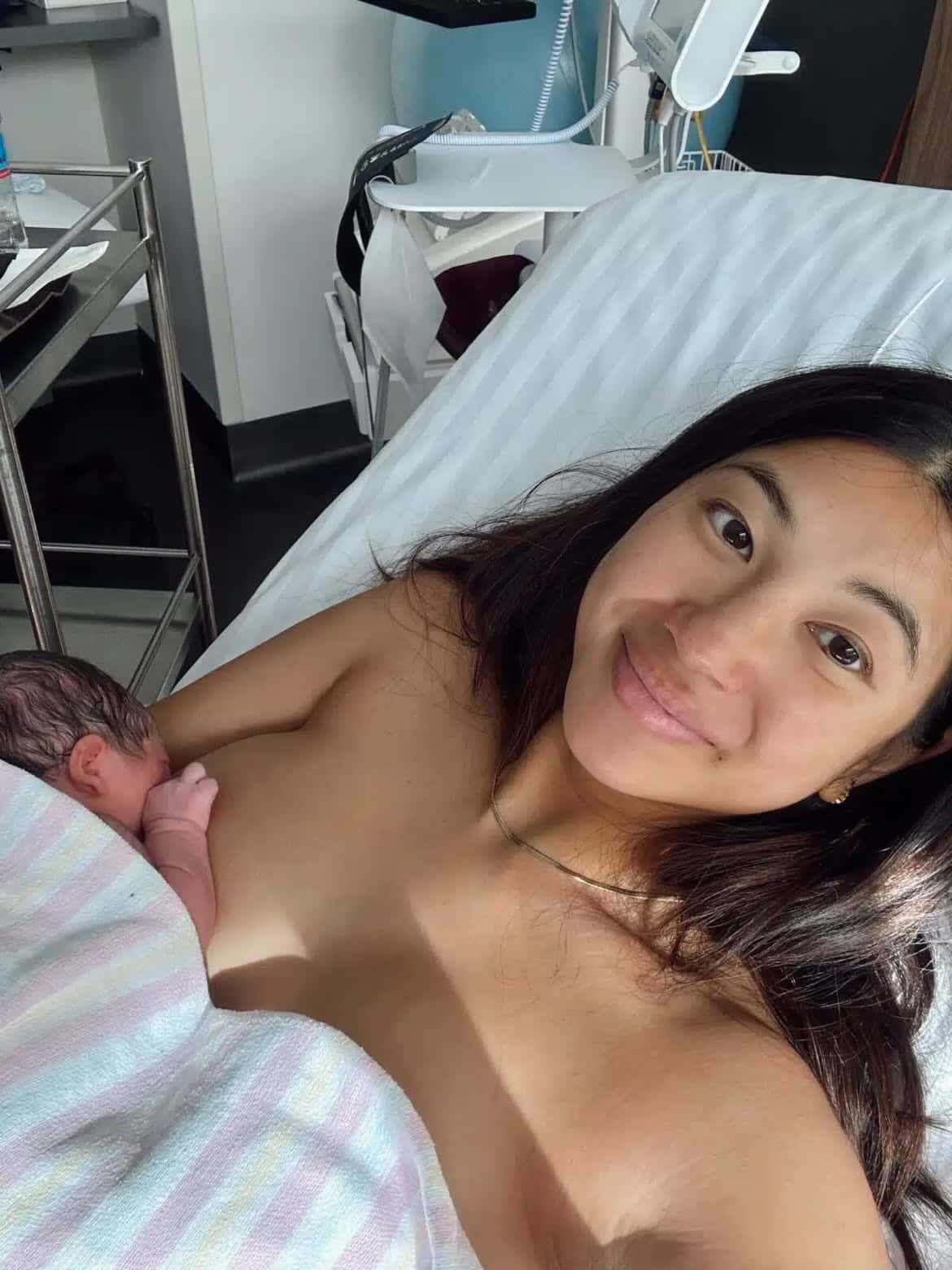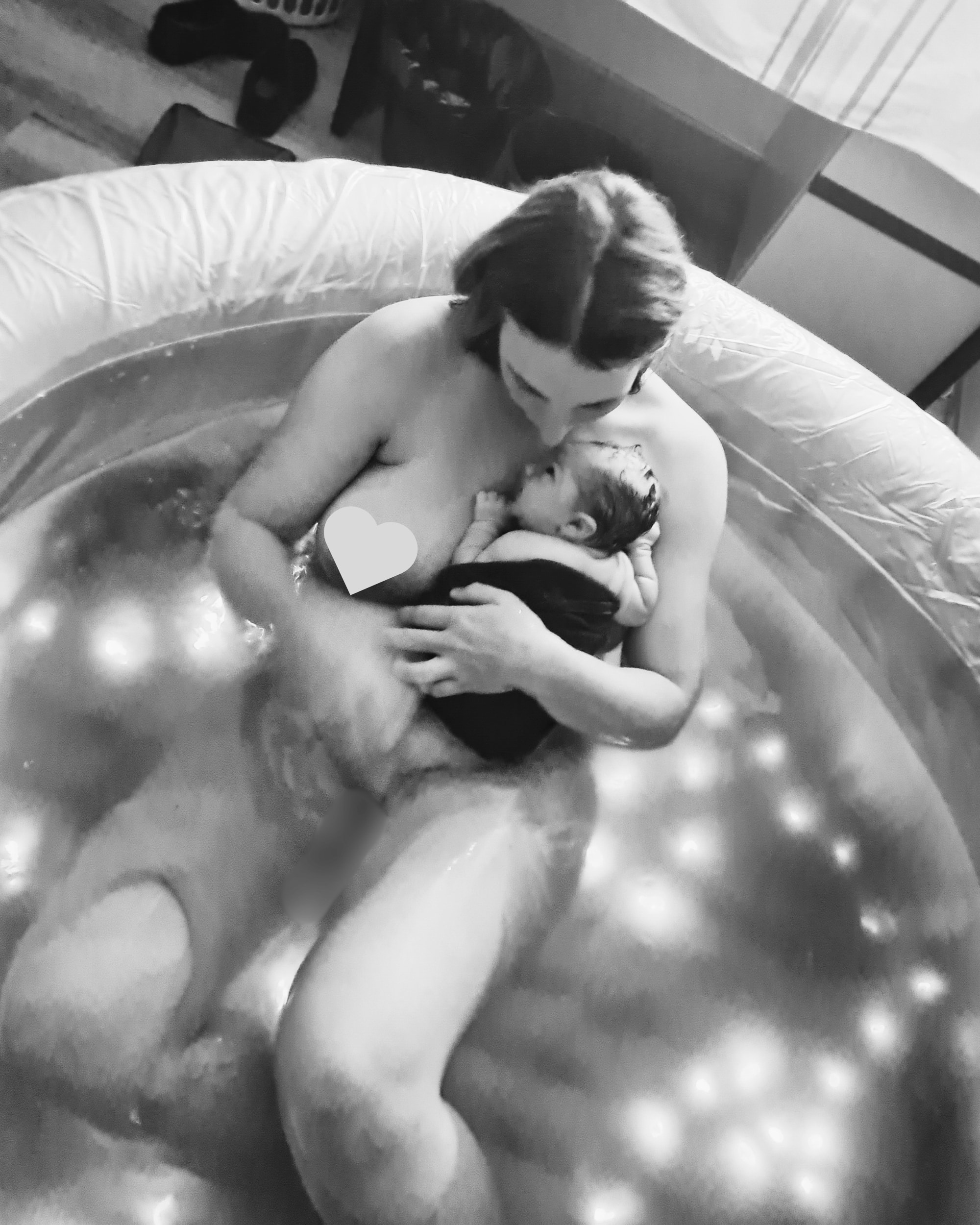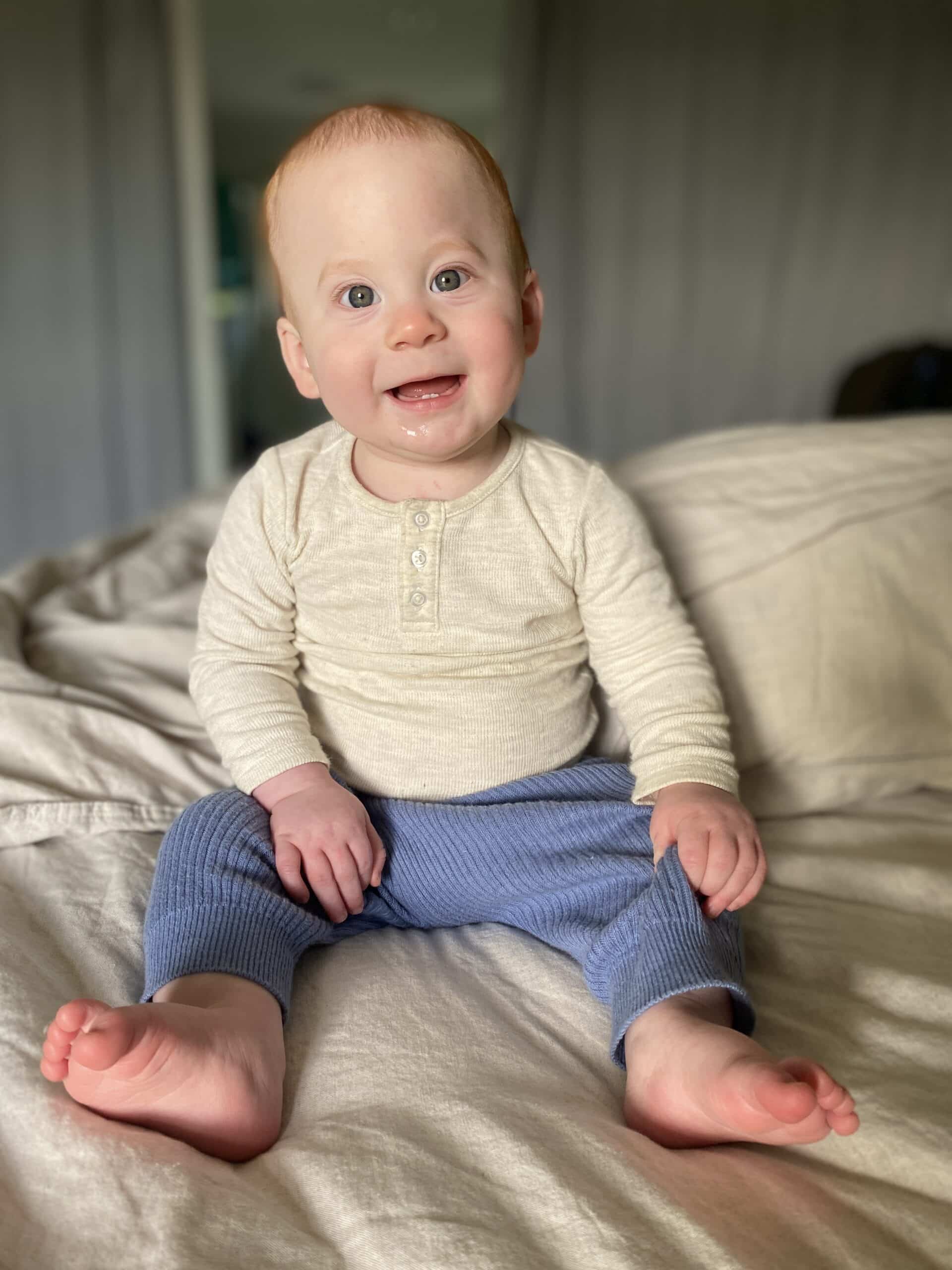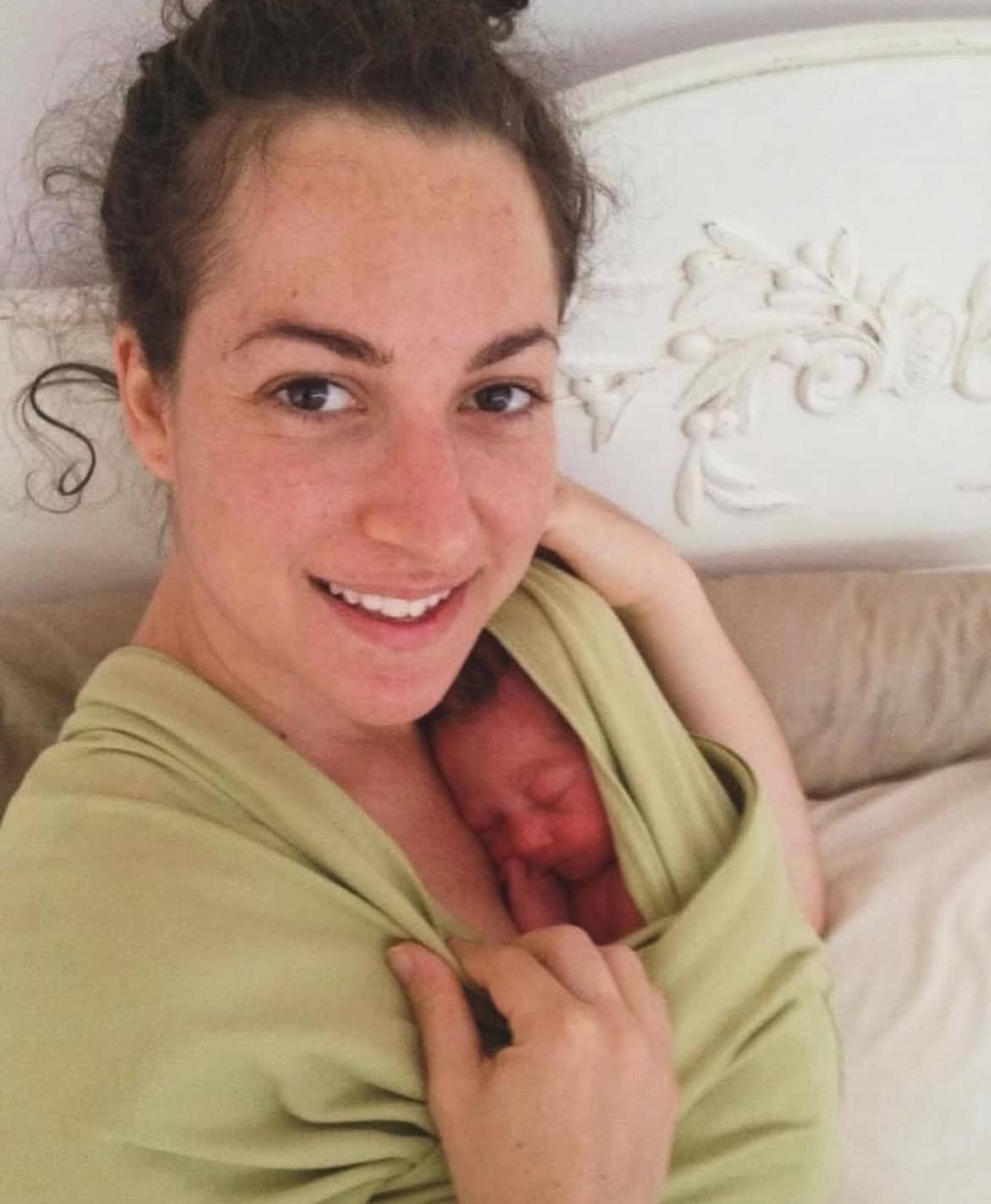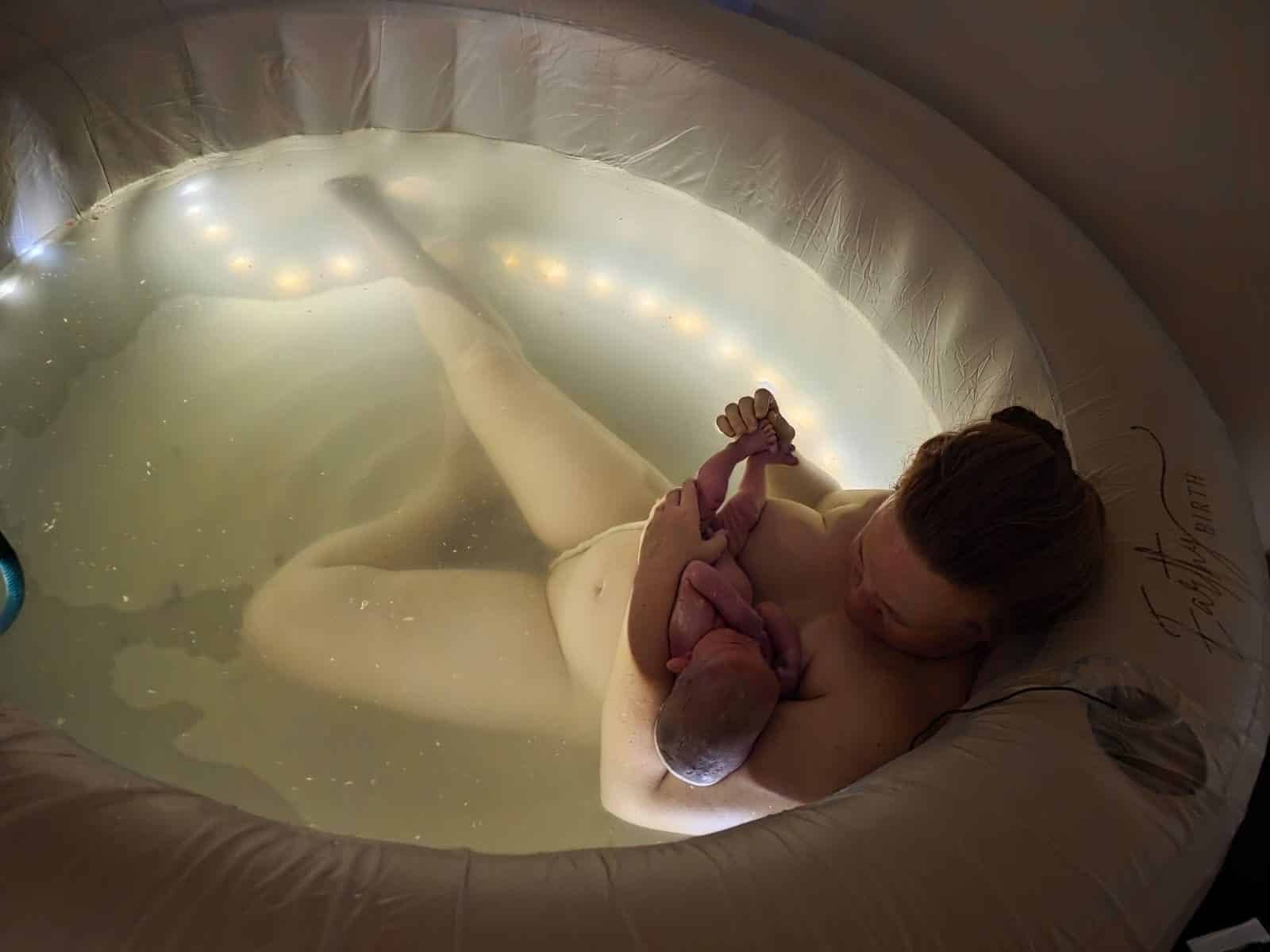Podcasts Amy Taylor Kabbaz
EPISODE 242
Amy Taylor Kabbaz
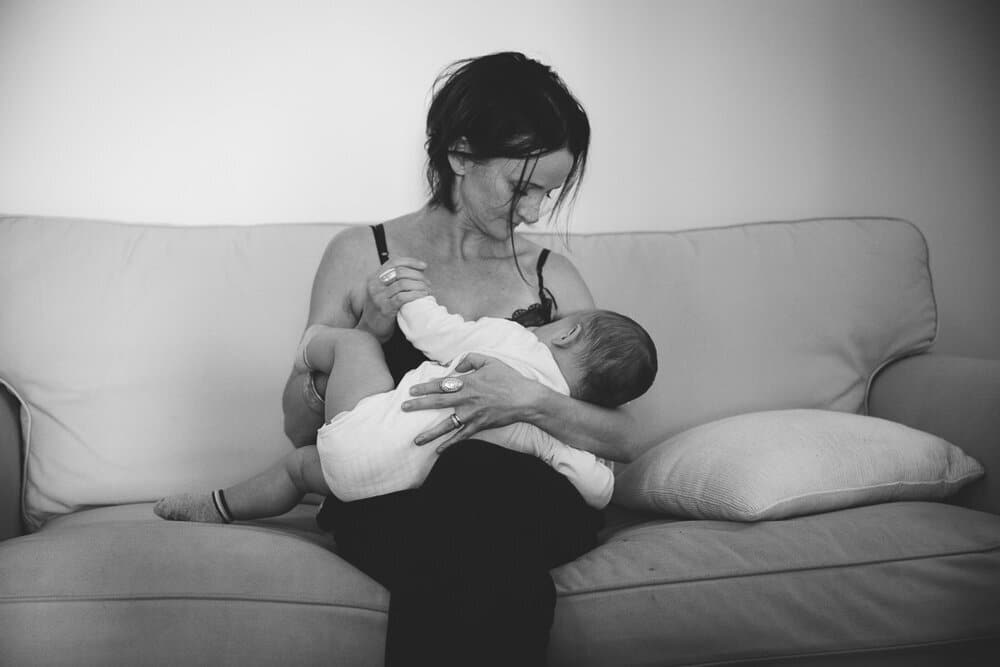
“My first birth changed the course of my life; mostly because it cracked me open and brought me to my knees. What am I going to do now? Why is this so hard for me? Why is no one talking about this?”
These were the questions Amy asked herself thirteen years ago. Now she has her own podcast and a book, and she teaches women from all over the world how they can be themselves within the demands of motherhood.
When it came time to fall pregnant for the first time, Amy’s organised, ambitious tendencies took over.
“I got married in November, I turned 30 in December, I detoxed in January and fell pregnant in February. That was the last time I had any control over my pregnancy, birth or motherhood.
“I knew the research around midwives and I really wanted a midwife. My local hospital was one of the only ones with a midwife-led continuous care programme. It was very small and only a certain number of low-risk women were accepted into it. Luckily I fell into that category and I was given a beautiful midwife named Kate. There were lots of home visits; it was a gentle, loving entry-point into motherhood. But I really didn’t understand what birth was going to be like. I felt very supported throughout pregnancy but once the contractions started, I flailed. I had a lot of stop-start labour and it just wouldn’t kick-in. By day three I had a meeting with my midwife and the obstetrician and we decided that I would be induced the following morning. It was more for my mental health than anything because I was exhausted and really doubting myself.
“I wasn’t fully aware of what the induction would bring…I didn’t understand the cascade of intervention. I was so overwhelmed and tired and scared. I was induced and told to walk around the grounds…twelve minutes later I was back in the birthing suite and I struggled for hours afterward. My mantra in my first birth was: I hate this, I’m never doing it again.
“Seven hours later I was given an epidural and I slept on and off for a couple of hours. Then suddenly the room was full with lots of people because my baby’s heart rate had dropped and I had my legs up in stirrups and I pushed for two-and-a-half hours and then they used the vacuum to get her head out.
The reason why I couldn’t push baby Scarlet out was because of her position in the womb. I’m quite small and during the pregnancy she got squashed into a position in the womb where her head was resting on her left shoulder and her right foot was pushed into her shin…and because she didn’t wriggle, her body formed in that shape. Her head got stuck to her shoulder – it’s called severe congenital torticollis – she couldn’t turn her head because her muscles hadn’t developed, hence getting out of the birth canal was impossible because her head couldn’t turn. She was in a lot of pain for the first few weeks of her life. It became very apparent when I started breastfeeding; every time the midwife tried to latch her she would turn blue from screaming so much. She was given the diagnosis of severe breast rejection and it broke me, because it felt like she’d rejected me.”
The benefit of continuity of care was that Amy’s midwife knew she wasn’t in a good place so she did everything she could to support Amy’s feeding journey. The physiotherapists were confident that Scarlett’s foot would be fine but her jawline would take more intensive therapy. Every day for six weeks, Amy and Scarlet would do physio at the hospital, morning and afternoon, and, as Amy remarks with immense gratitude, she got her postpartum village.
“Every time I walked into the hospital I was with beautiful people who cared for us…until both of us got stronger.”
At four months postpartum, Amy was diagnosed with postnatal thyroiditis which led to a hashimotos diagnosis. She was cold, didn’t have an appetite and her voice was slurring. Motherhood had irrevocably changed her hormones.
Amy fell pregnant with her second baby by surprise and her fear around labour and postpartum was instantly triggered. She reached for affirmations to prepare her head differently, knowing she couldn’t go back into that negative headspace.
“That pregnancy and birth was so empowering; instead of thinking that the power was outside of me, I really went inward. I’d tell myself I’m a good mum, that I was made to birth my baby. I changed the way I talked to myself and believed in myself.”
Once again, Amy’s small frame prompted her baby into a breech position but her obstetrician encouraged her to give birth vaginally.
“I’d been watchung breech birth videos, I’d been writing the mantras but regardless, labour wasn’t starting. I went for a walk and I just surrendered to the fact that I wasn’t going to get the birth I wanted…even though I’d done all the mental work I was still scared and physically I was holding on. When I finally surrendered and knew that I was going in on Friday for a caesarean, I went into labour. It was quick and strong from the start and I was listening to the nightclub music of my past….I don’t even remember pain, there was no fear…it was amazing. I ran a bath at home and I went to the toilet and wedged myself between the toilet and the wall and I told my husband I was just going to stay there. He rang the midwife and she said get her to hospital now.
“We were only a few streets from the hospital, I was in full transition, we got into the waiting room in the maternity ward and the midwife wheeled me into the birthing suite. Within two pushes, baby Greta’s legs and hips were out and I knew I was at the point where I needed to birth her in case her head got stuck. I just found this roar within me and with one huge push she was born and everyone was cheering…it was seriously the best moment of my life, that birth.”
My third baby came along as a huge surprise and shock. While my second pregnancy was all about birth and mothering, my third pregnancy was all about me. But that was only when in my second trimester I started having contractions. I had to insert progesterone every day and I was on bedrest; I lay on my couch for 10 weeks, I did a mindfulness course online, I did so much reflection of my attachment to work and success and my devaluing of motherhood. At 36 weeks they told me I could get off the couch and stop inserting the progesterone and 36 hours later Cassius was born in a quick, easy, quiet birth. It was this really lovely, beautiful entry into motherhood for the final time.”
You can find more of Amy’s work over at …….. Where she guides women through matrescence.
“Matrescence is the period of transition when a woman becomes a mother. Everything changes; her hormones, her physical appearance, how she feels about the world, who she thinks she is, the questions she’s asking, her relationships. If we don’t put the right support around her, it’s incredibly traumatic and she feels like she can’t change; she has to be who she’s always been.”
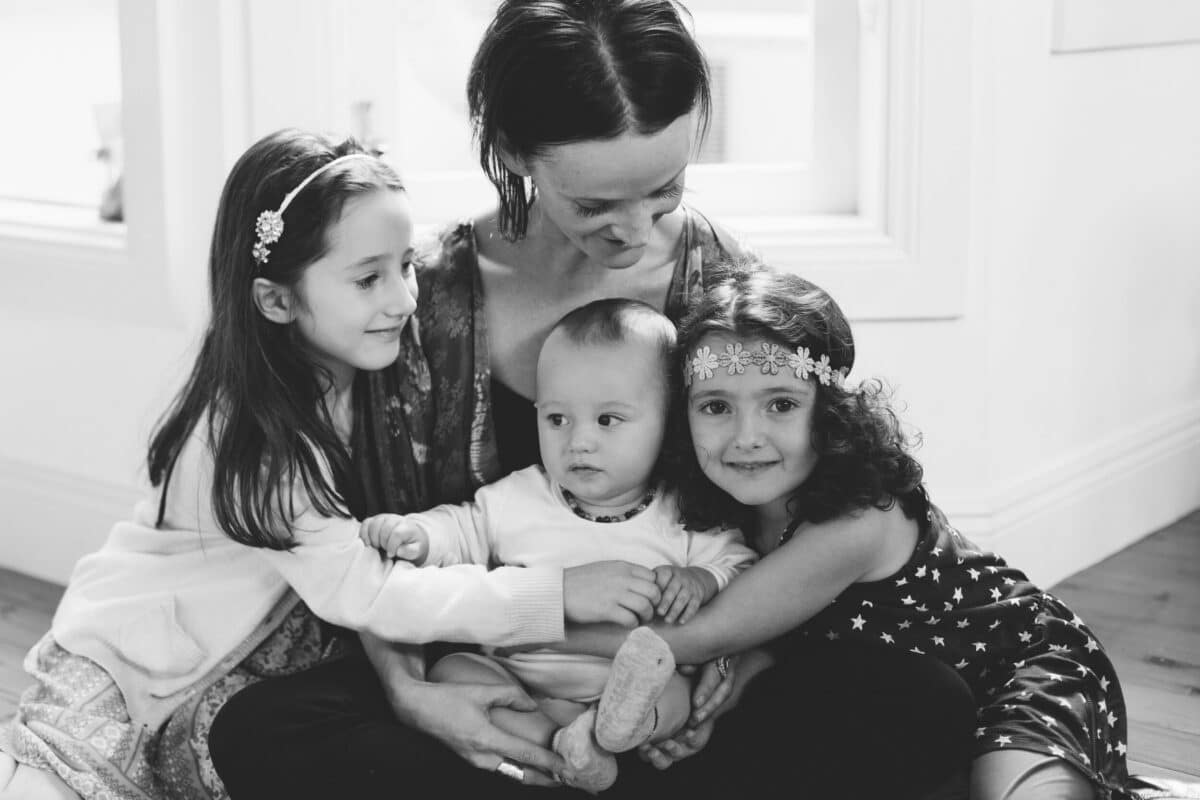
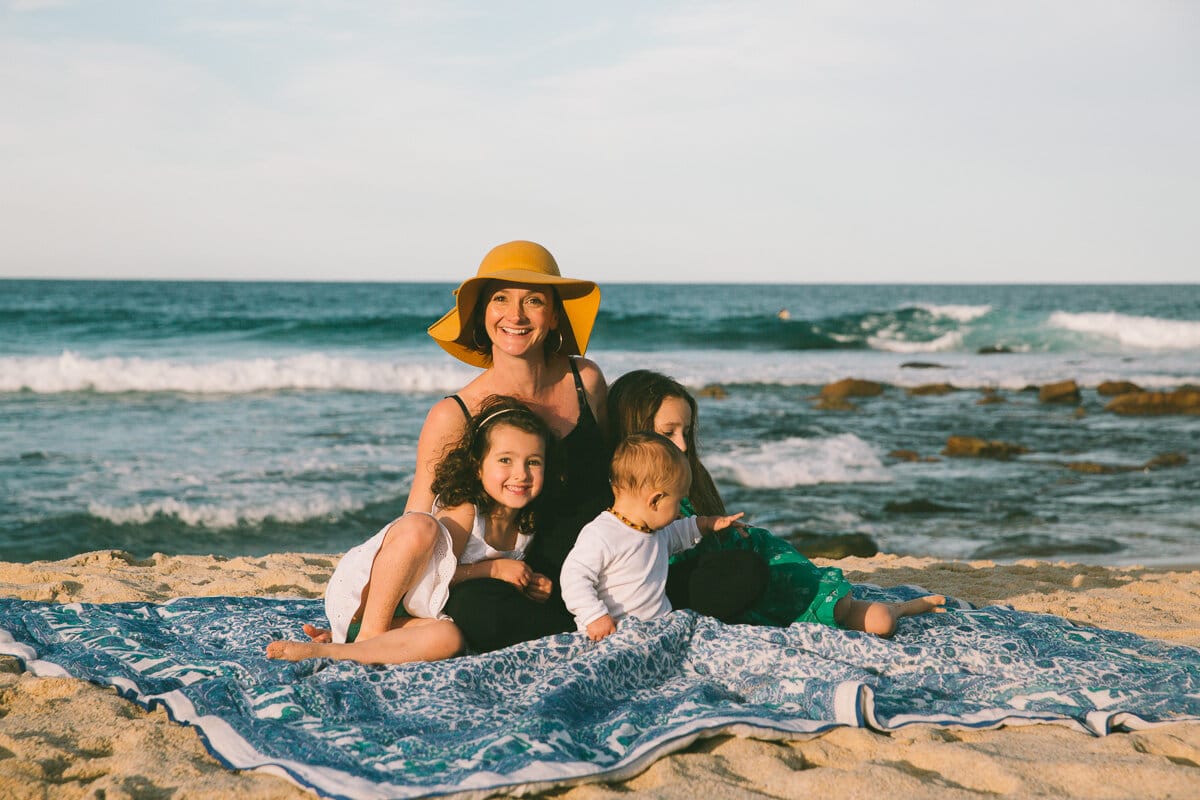
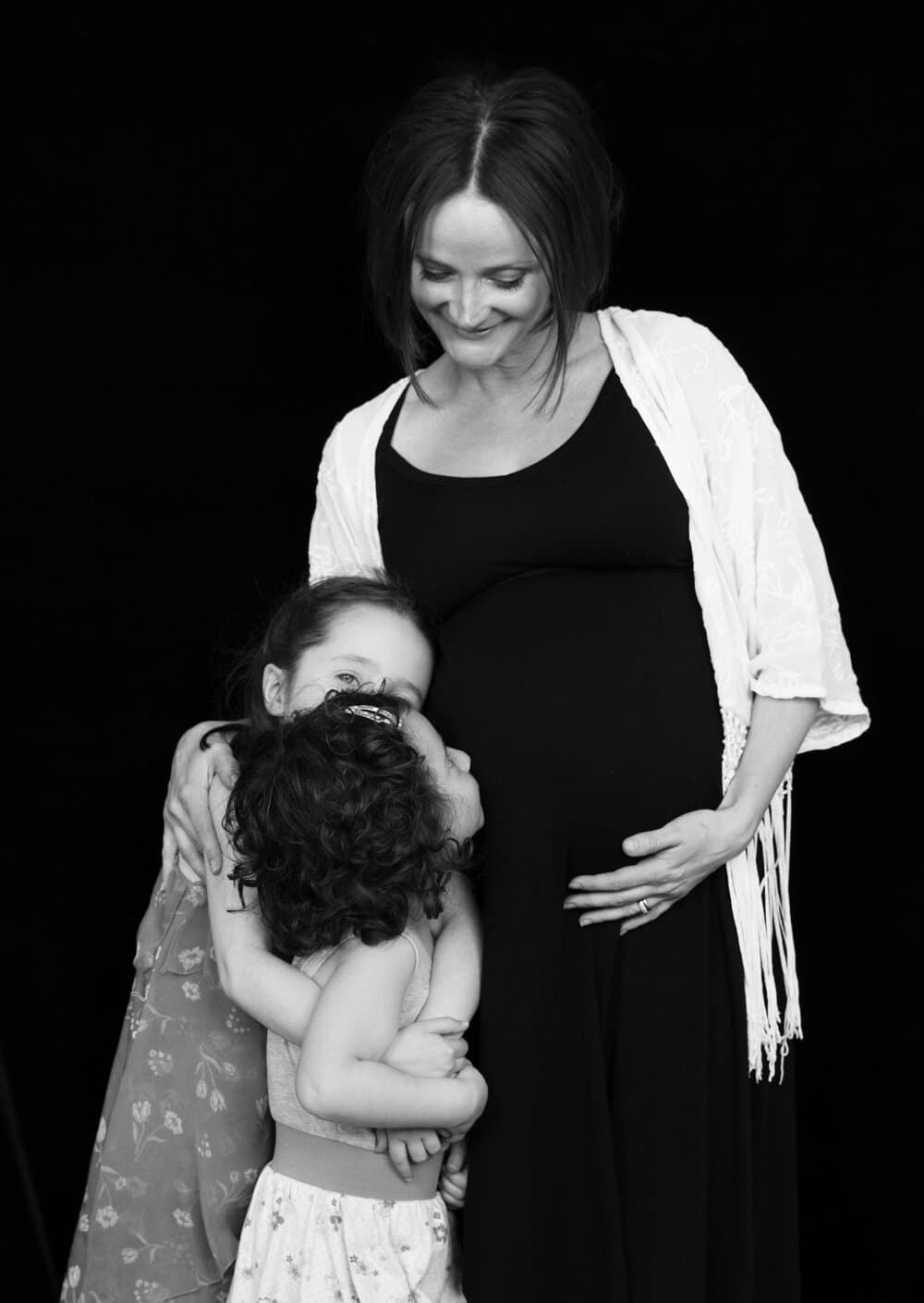
Topics Discussed
Bedrest, Breech Vaginal Birth, Hashimotos, Matrescence, Postnatal thyroiditis, Premature labour, Severe congenital torticollis, Three vaginal births
Connect
You can connect with Amy over at Amy Taylor-Kabbaz Amy has a podcast The Happy Mama Movement , an incredible book Mama Rising
Episode Sponsor
To learn more about my 8-part Postpartum course Discovering Motherhood head HERE
Categories
Related Products
-
Birth Combs: Harness Your Body’s Natural Pain Relief
$24.95Crafted from smooth, natural wood, our birth combs activate specific pressure points in your hands that trigger your body’s innate pain-relieving responses.
Join the conversation
Sign up to get the latest updates, freebies, podcast releases straight into your inbox
@AustralianBirthStories
Follow along with us
@AustralianBirthStories
Follow along with us
@AustralianBirthStories
Follow along with us
@AustralianBirthStories
Follow along with us
@AustralianBirthStories
Follow along with us
@AustralianBirthStories
Follow along with us
@AustralianBirthStories
Follow along with us
@AustralianBirthStories
Follow along with us
@AustralianBirthStories
Follow along with us
@AustralianBirthStories
Follow along with us
@AustralianBirthStories
Follow along with us
@AustralianBirthStories
Follow along with us
